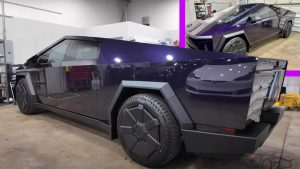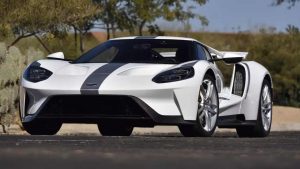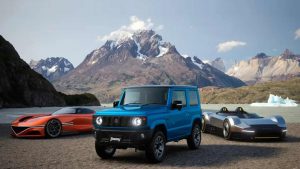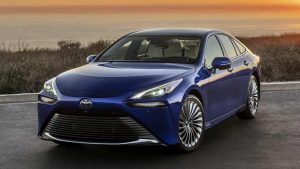Rivian faces significant financial challenges despite high MSRP
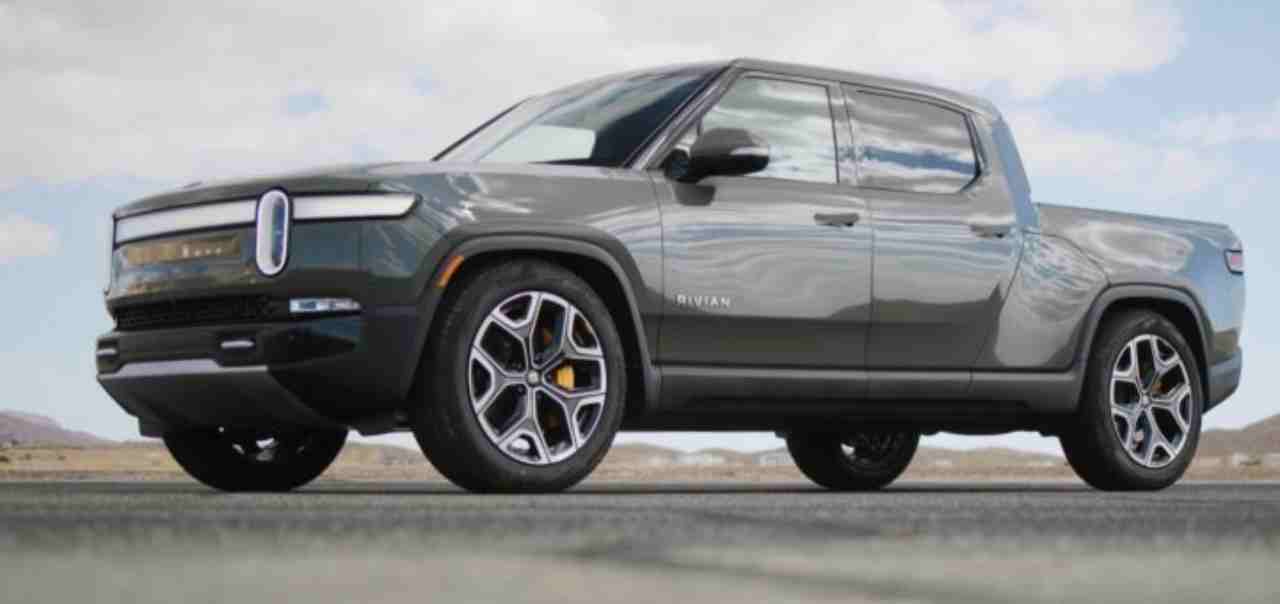
Rivian, the electric vehicle (EV) startup and former partner of Ford, is grappling with significant financial losses, averaging about $33,000 per vehicle sold, even though it boasts an impressive $80,000 manufacturer’s suggested retail price (MSRP). Although there has been some reduction in per-vehicle losses as production scales up, the company is still burning through approximately $1 billion in cash reserves each quarter. This financial strain is a cause for concern.
Several factors contribute to Rivian’s financial woes. First, despite being in business since 2009, the company operates its single factory at only one-third of its maximum capacity. Experts suggest that profitability should be achievable within three to six months of production, but Rivian has only produced a total of 50,000 vehicles so far.
Additionally, engineering assessments of Rivian’s R1T pickup trucks and R1S SUVs suggest overengineering. The skateboard chassis is exceptionally complex, with intricate layering of major components, requiring multiple rounds of welding, both robotic and manual. Independent engineers have noted an excessive use of metal in the front end, which exceeds safety and structural requirements but is justified by Rivian for top-tier crash test ratings and “supercar-level stiffness.” This level of sophistication in engineering complicates the manufacturing process, making it challenging to scale up efficiently.
Rivian’s approach to production prioritized speed over design refinement. The company aimed to quickly start production while striving to create the “best-driving truck or SUV in the world,” according to founder RJ Scaringe. This approach led to an abundance of single-function systems in the vehicles, increasing complexity and cost. Rivian chose to use its in-house components for almost everything rather than opting for off-the-shelf third-party systems. Analysis by Wells Fargo estimates an additional cost of $25,000 per vehicle solely for these components.
In contrast, General Motors (GM) pursued a different strategy in the EV market. GM invested heavily in the development of its Ultium batteries, electric Ultium Drive motors, BEV3 and BT1 platforms, and related technologies before ramping up production. With matured and tested technologies, GM can now accelerate production while potentially avoiding the cost overruns faced by Rivian. GM aims for profitability in its EV portfolio by 2025 and continues to support its internal combustion engine (ICE) vehicle lineup to fund the EV transition—a strategy that Rivian lacks as it doesn’t have a profitable ICE portfolio to sustain its EV efforts.
Rivian’s financial challenges highlight the complexities of EV manufacturing and the importance of a well-balanced strategy that considers both production efficiency and design refinement. While the company’s high MSRP suggests the potential for profit, it must address its cost structure and manufacturing processes to achieve long-term financial sustainability in the competitive EV market.

